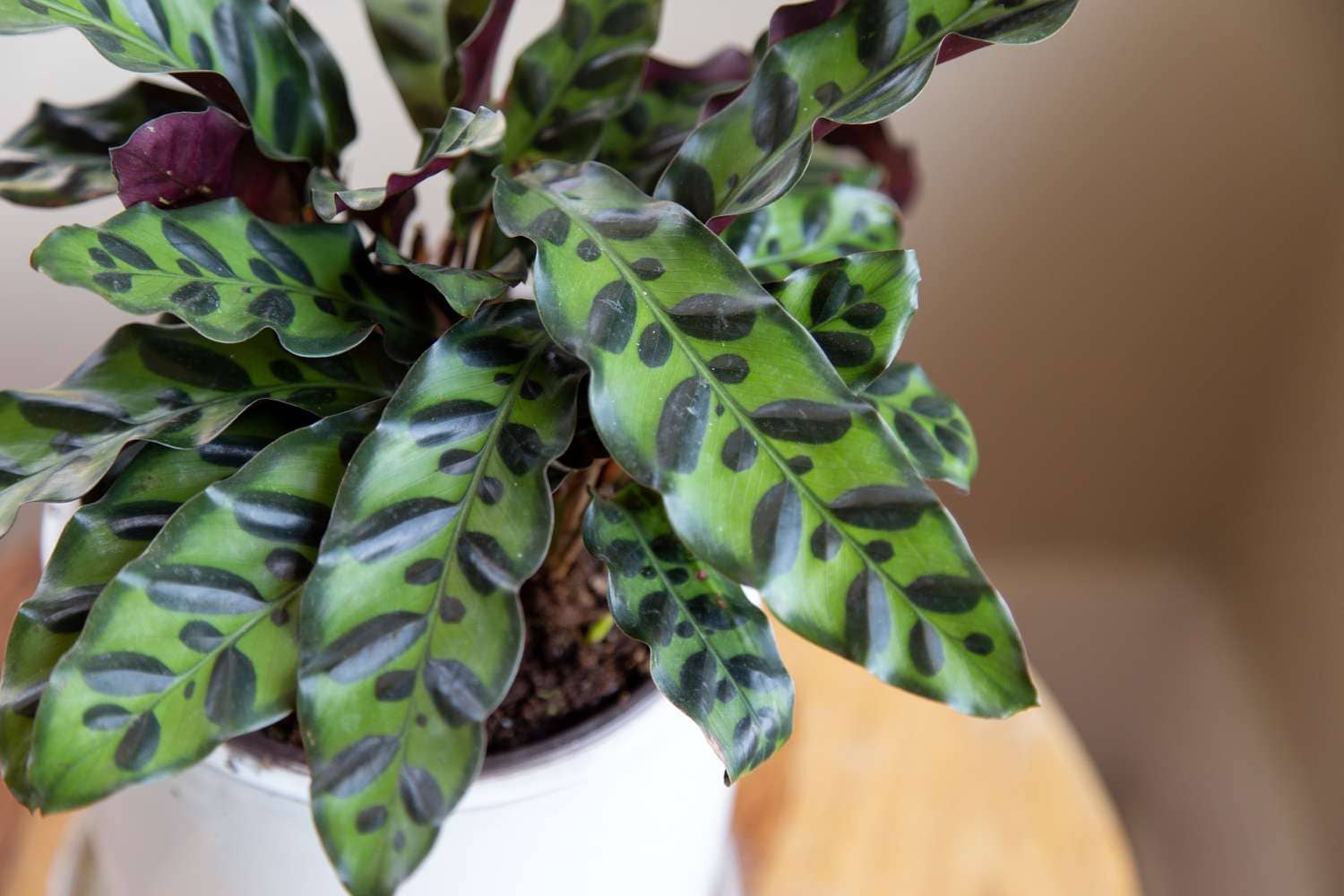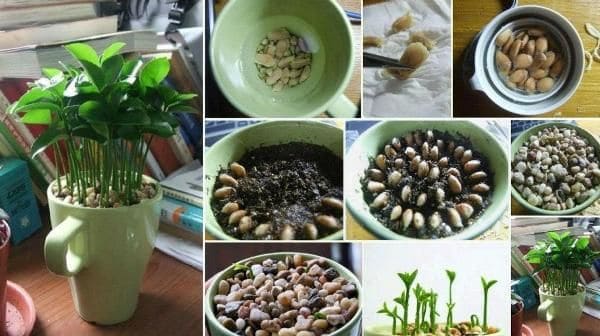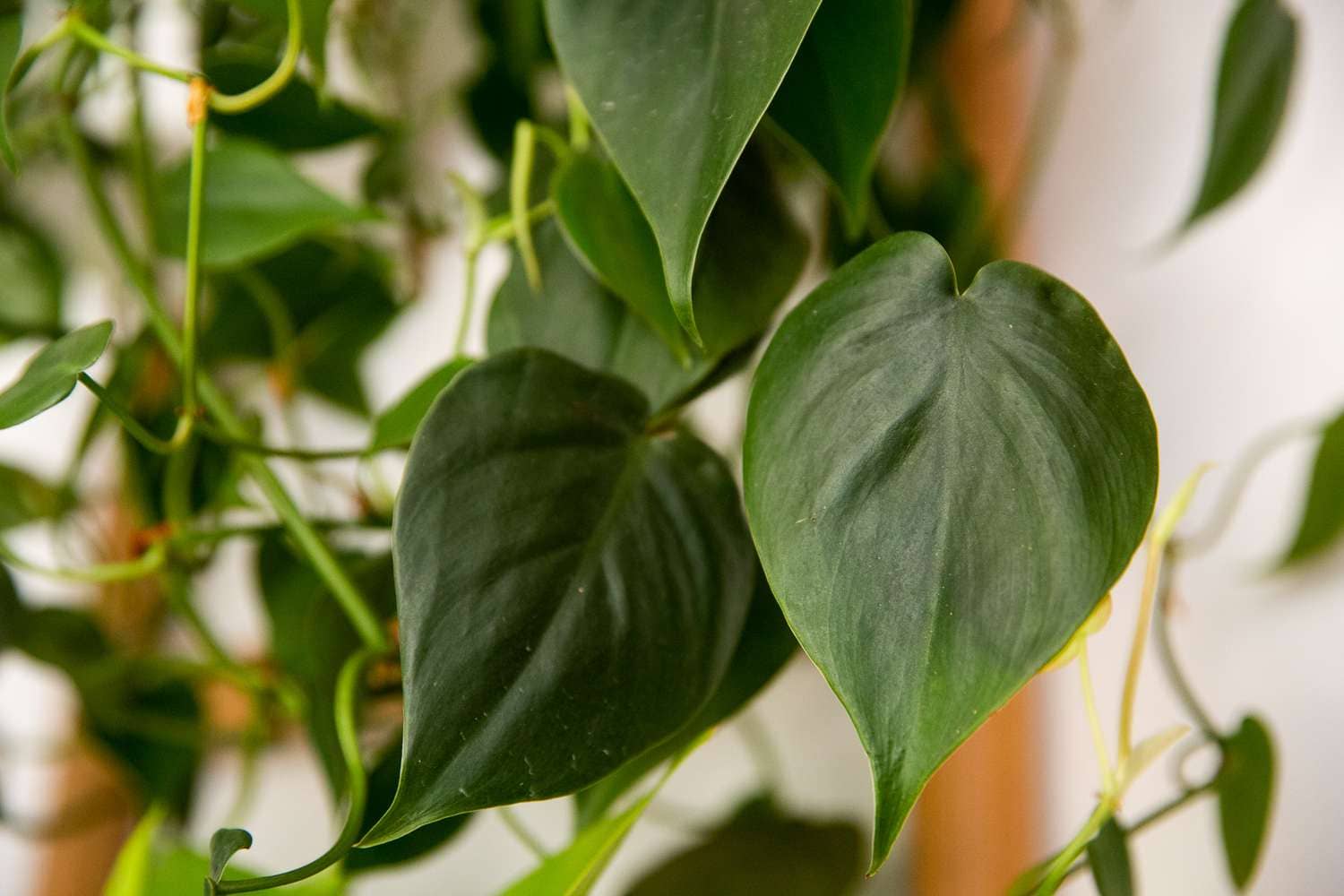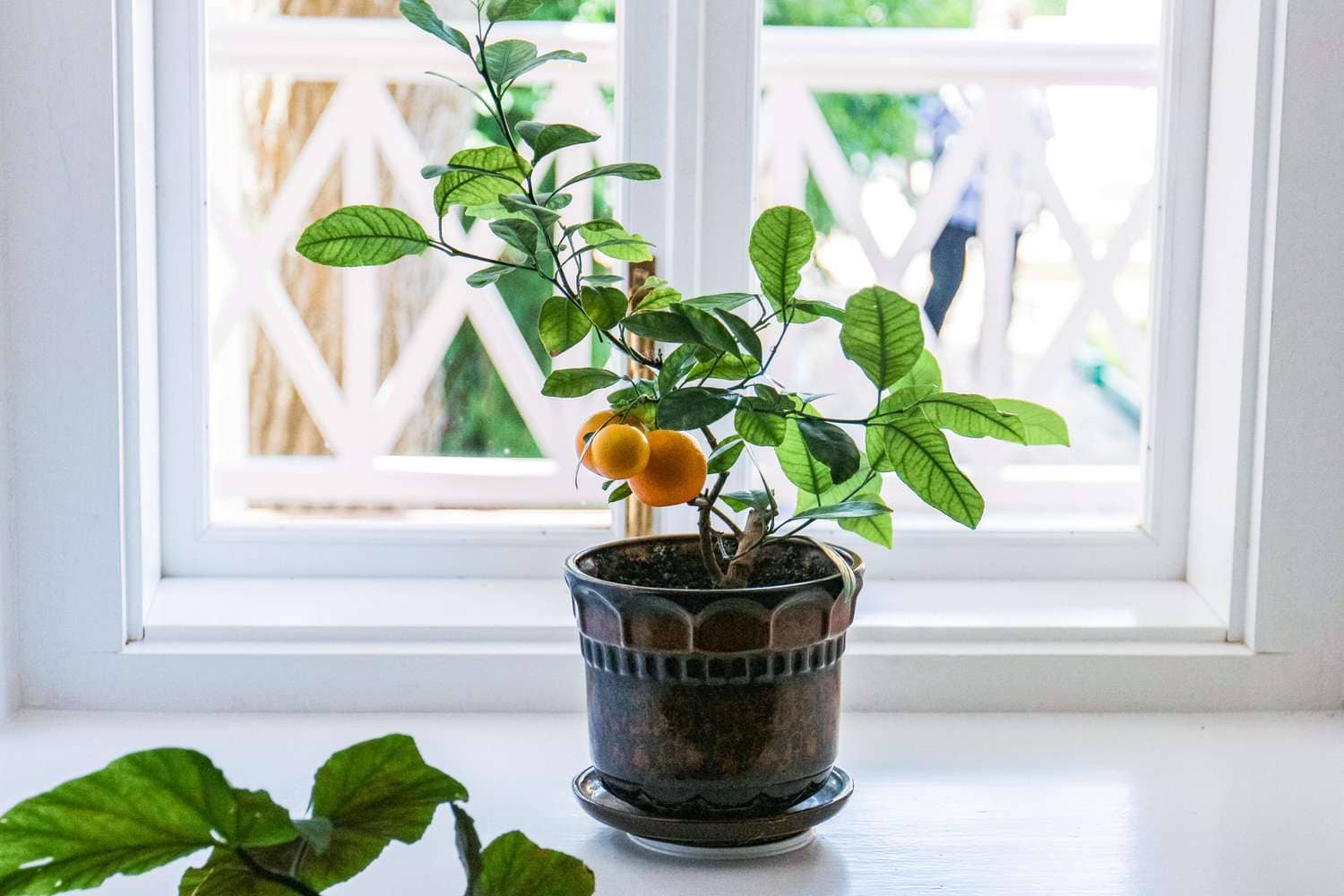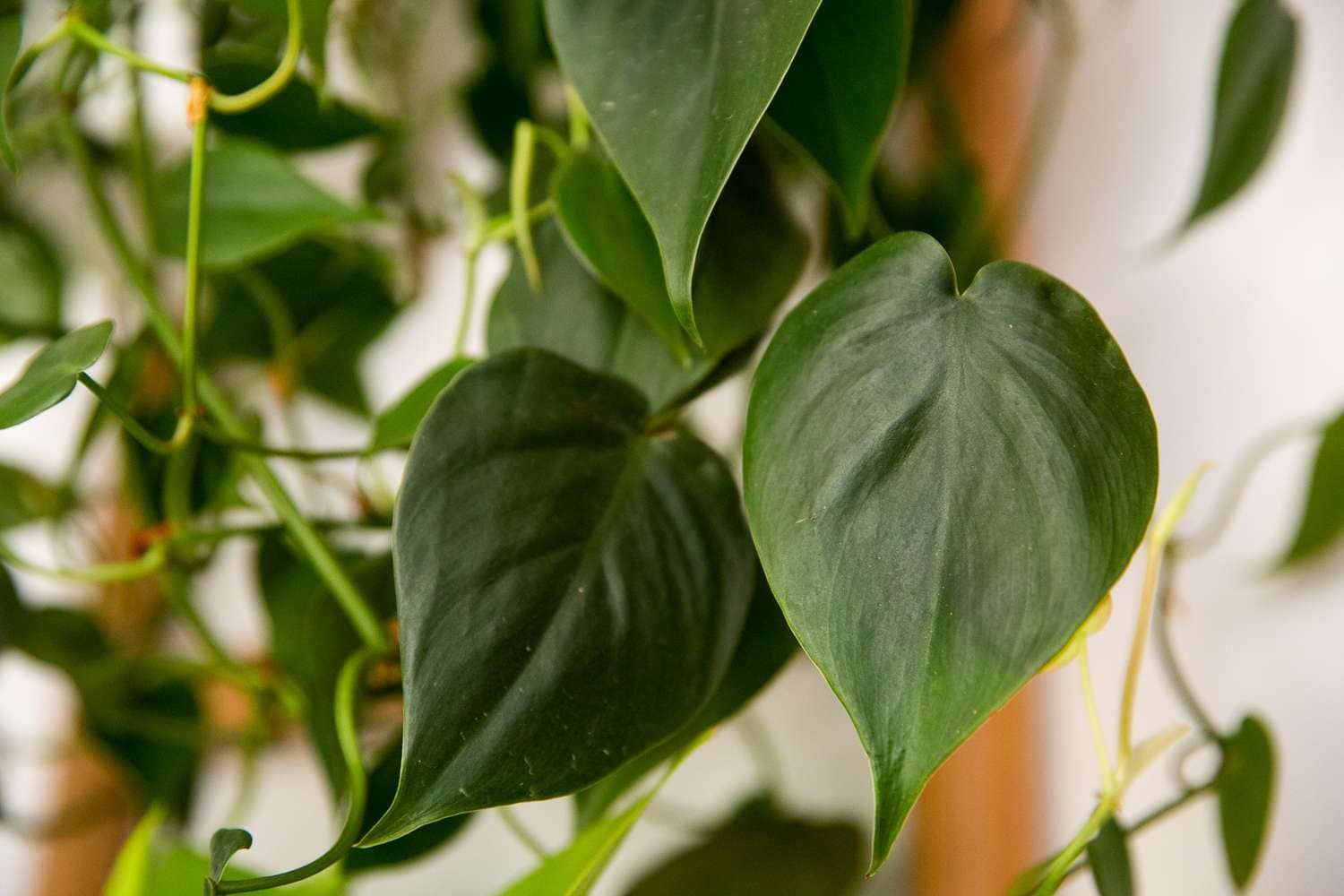Introduction
Welcome to our comprehensive guide on how to propagate rattlesnake plants successfully. Whether you’re a seasoned plant enthusiast or a beginner looking to expand your indoor garden, mastering the art of propagating the rattlesnake plant can be a rewarding endeavor. In this guide, we’ll delve into the intricacies of propagation, providing you with expert insights and tips to ensure your rattlesnake plant thrives and flourishes.
Understanding the Rattlesnake Plant
What is the Rattlesnake Plant?
The rattlesnake plant, scientifically known as Calathea lancifolia, is a stunning tropical plant renowned for its unique foliage. Characterized by elongated, lance-shaped leaves with striking patterns resembling a rattlesnake’s skin, this plant is a favorite among indoor gardeners. Native to the Brazilian rainforest, the rattlesnake plant is admired not only for its visual appeal but also for its air-purifying qualities.
Propagation Methods
1. Division
Propagation through division is a common and effective method for increasing your rattlesnake plant collection. Follow these steps for successful division:
Steps:
- Choose a Mature Plant: Select a healthy, mature rattlesnake plant for division.
- Prepare the Plant: Gently remove the plant from its pot and shake off excess soil.
- Locate Natural Divisions: Identify natural divisions or segments with roots.
- Use Clean Tools: Employ clean, sharp scissors or pruning shears to separate the segments.
- Replant Segments: Place each separated segment in a new pot with fresh, well-draining soil.
2. Stem Cutting
Propagating through stem cuttings is another effective method, especially when aiming to create multiple plants from a single specimen.
Steps:
- Select a Healthy Stem: Choose a healthy, non-flowering stem from the parent plant.
- Make the Cut: Using sharp scissors or pruning shears, make a clean cut just below a node.
- Remove Excess Leaves: Trim away excess leaves, leaving a few at the top.
- Rooting Medium: Dip the cut end in a rooting hormone and plant it in a well-draining rooting medium.
- Provide Adequate Moisture: Keep the soil consistently moist until roots develop.
Care Tips for Propagated Rattlesnake Plants
1. Light and Temperature
Rattlesnake plants thrive in indirect, bright light but are adaptable to lower light conditions. Maintain a temperature range between 65-75°F (18-24°C) to ensure optimal growth.
2. Soil and Watering
Use a well-draining potting mix and water when the top inch of soil feels dry. Keep the soil consistently moist but not waterlogged to prevent root rot.
3. Humidity
These tropical plants appreciate high humidity. Consider placing a humidity tray or using a humidifier to mimic their native environment.
4. Fertilization
Feed your propagated rattlesnake plants with a balanced liquid fertilizer every 4-6 weeks during the growing season (spring and summer).
Troubleshooting Common Issues
1. Yellowing Leaves
Yellowing leaves may indicate overwatering or exposure to direct sunlight. Adjust watering frequency and relocate the plant to a shaded area if necessary.
2. Pest Infestations
Keep an eye out for common pests like spider mites or aphids. Treat promptly with insecticidal soap or neem oil.
Conclusion
Congratulations on embarking on the journey of propagating and caring for rattlesnake plants. By following our expert guide, you’re well on your way to creating a thriving indoor jungle. Remember, each propagated plant is a testament to your green thumb and dedication to fostering botanical beauty.

